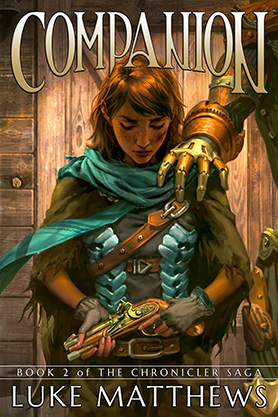
Story and art by Richard Moore
Goblins – “Gobs” for short – are dangerous, filthy little degenerates, capable of no good and unable to positively contribute to civilized society, no matter what Harry Potter may tell us. So what happens when a group of goblin friends are permanently removed from their favorite elvish pub? Why, they go build their own, of course!
Richard Moore’s tale of a gaggle of goofball goblins and their plight to drink themselves into oblivion might be a bit on the simplistic side, but it’s a fun fantasy adventure nonetheless. Our introductions to Gretchen, Milo, and the rest of the band of misfit gobs shows little care for the fourth wall, and effectively builds a comedic cast of endearing – if slightly shallow – characters.
The crisp, cartoony, black & white line work in the book is perfectly matched to the script’s irreverent style. Since Moore handled both the writing and artistic chores on the book, the art is allowed to breathe and work for itself at times when other books would have attempted explanations in text. There were a few times when I was confused about what was being depicted in a panel, though, and I think coloring would have solved that problem.
My main complaint about the first issue of Gobs is that it steps outside itself just a few too many times. Some scenes could have been more straightforward and still retained their comedic nature (a scene involving beards comes to mind), but stepped into a strange no-man’s-land that derailed the experience, if only slightly.
Gretch & Co’s tale is entertaining and its cast is charming. If you can stand the large dose of cuteness this story carries with it, Gobs has a lot of potential.

